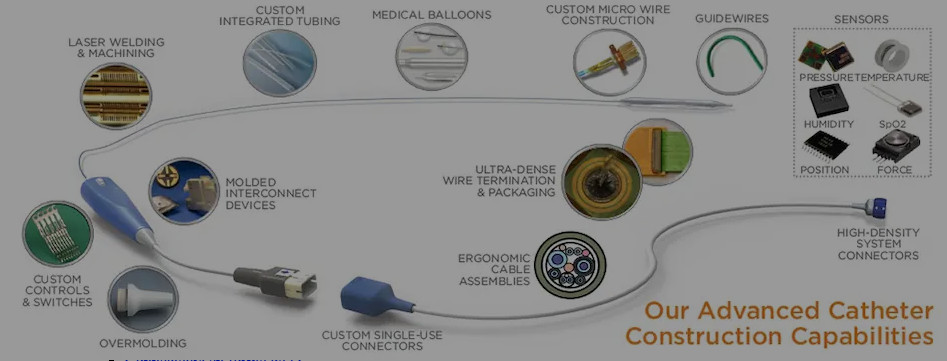HOW TO INSTALL SENSOR ON ANY MEDICAL DEVICE

MODIFYING MEDICAL DEVICES CAN BE DANGEROUS AND EVEN ILLEGAL FOR SEVERAL REASONS:
- Safety: Altering a medical device can make it unsafe, potentially leading to inaccurate readings, malfunctions, or even harm to the patient.
- Warranty: Modifying a device will likely void its warranty.
- Regulations: Medical devices are subject to strict regulations. Unauthorized modifications may violate these regulations and lead to legal consequences.
IF YOU HAVE A SPECIFIC NEED FOR A MEDICAL DEVICE WITH A PARTICULAR SENSOR, HERE ARE SAFER ALTERNATIVES:
- Consult the manufacturer: Contact the device manufacturer to see if they offer a version with the sensor you need or if they have recommendations for compatible sensors.
- Seek professional help: Consult a qualified biomedical engineer or technician who can assess your needs and advise on safe and appropriate modifications, if possible.
- Explore alternative devices: Look for medical devices that already have the sensor you require. Many devices on the market come with various built-in sensors.
If you’re interested in learning more about sensors and medical devices in a safe and educational context, here are some resources:
- Online courses and tutorials: Many online platforms offer courses and tutorials on electronics, sensors, and medical device development.
- Educational kits: Consider experimenting with educational electronics kits that allow you to build and program circuits with sensors in a safe environment.
- Open-source projects: Explore open-source medical device projects to learn how sensors are used in real-world applications.
Remember, safety and compliance are paramount when dealing with medical devices. Always prioritize authorized and safe methods when exploring modifications or additions to medical equipment.
